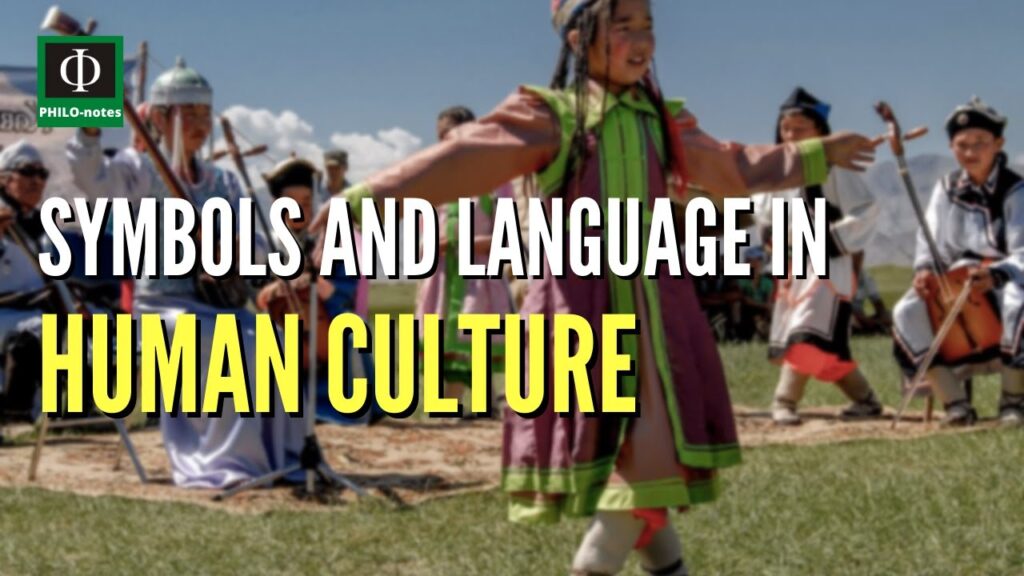Symbols and language are fundamental aspects of human culture. They are the means by which we communicate our thoughts, feelings, and experiences with each other. Symbols are objects, images, or actions that represent something else, while language is a system of communication that involves the use of words and grammar. In this essay, we will explore the role of symbols and language in human culture.
Symbols are powerful tools for communication because they can convey complex ideas and emotions quickly and efficiently. They are ubiquitous in human culture and are used in a wide range of contexts, from religious and spiritual practices to commercial branding and advertising. Symbols can be both universal and culturally specific. For example, the heart symbol is widely recognized as a representation of love and affection, while the lotus flower is a symbol of purity and enlightenment in many Eastern cultures.
Language, on the other hand, is a more complex system of communication that involves the use of words and grammar. It allows us to express abstract concepts and communicate with one another in ways that are nuanced and precise. Language is a defining feature of human culture, and it has evolved over time to reflect the changing needs and values of different societies.
Language is also intimately connected to culture, as it shapes the way we think and perceive the world around us. For example, the Inuit people of the Arctic have multiple words for snow, reflecting the importance of this element in their daily lives. Similarly, the Japanese language has a concept known as “wabi-sabi,” which celebrates the beauty of imperfection and impermanence.
Language also serves as a tool for cultural transmission, allowing us to pass down knowledge, beliefs, and values from one generation to the next. For example, the written word has played a crucial role in preserving ancient texts and religious traditions, allowing them to be transmitted across centuries and continents.
However, language can also be a source of division and conflict. The use of different languages can create barriers to communication and understanding, leading to misunderstandings and cultural clashes. Language can also be used to reinforce power dynamics and social hierarchies, as certain languages are often associated with prestige and privilege.
In conclusion, symbols and language are essential components of human culture. They allow us to communicate our thoughts and experiences, express our emotions, and pass down knowledge and values from one generation to the next. While symbols and language can be powerful tools for connection and understanding, they can also be sources of division and conflict. As such, it is crucial that we recognize and respect the diversity of symbols and languages across different cultures, and work to promote communication and understanding across linguistic and cultural boundaries.


